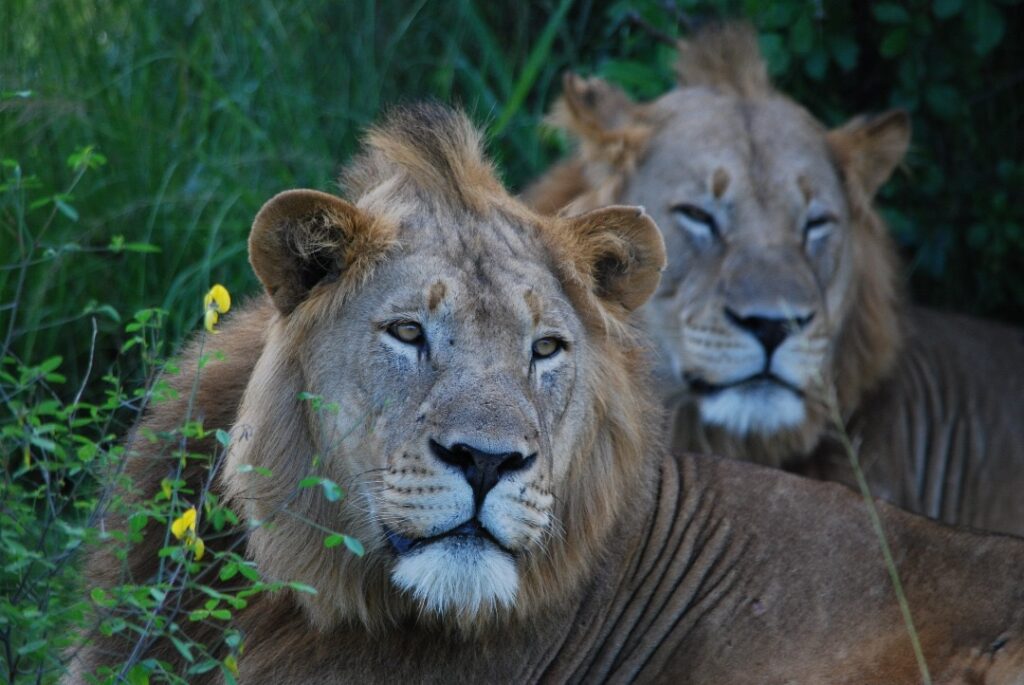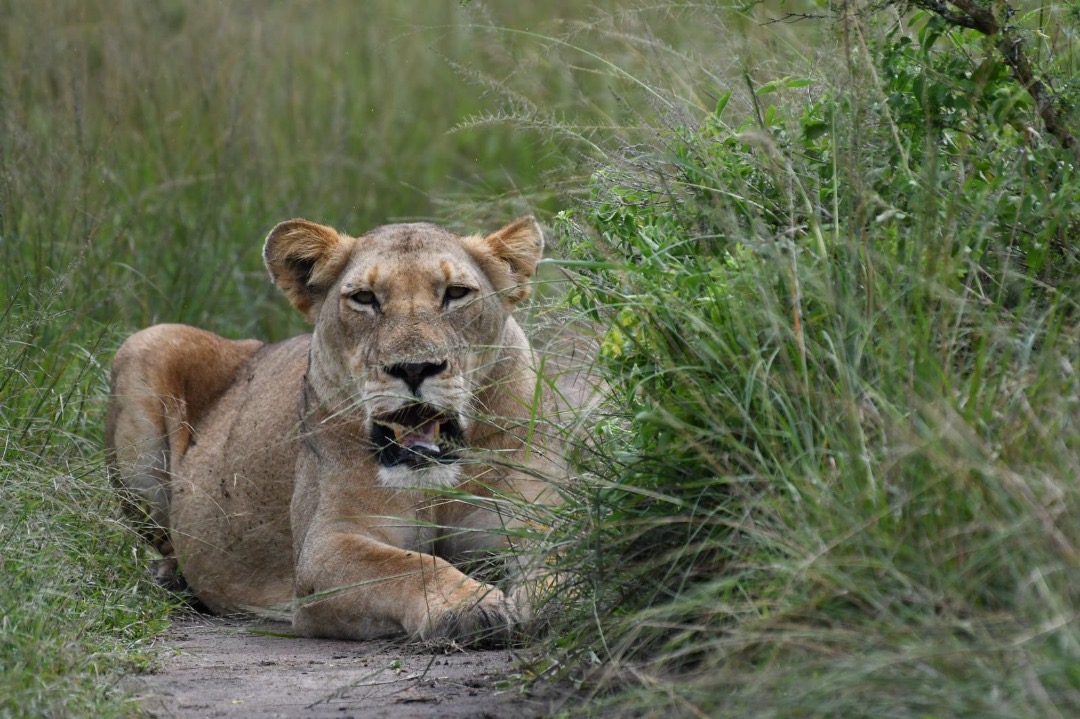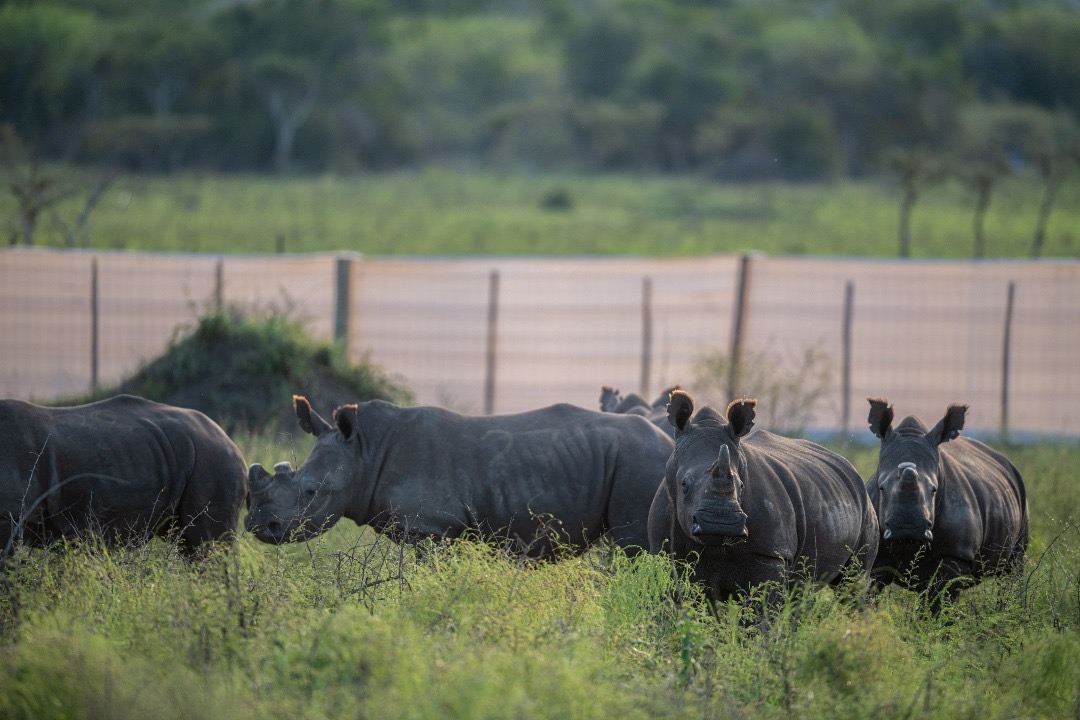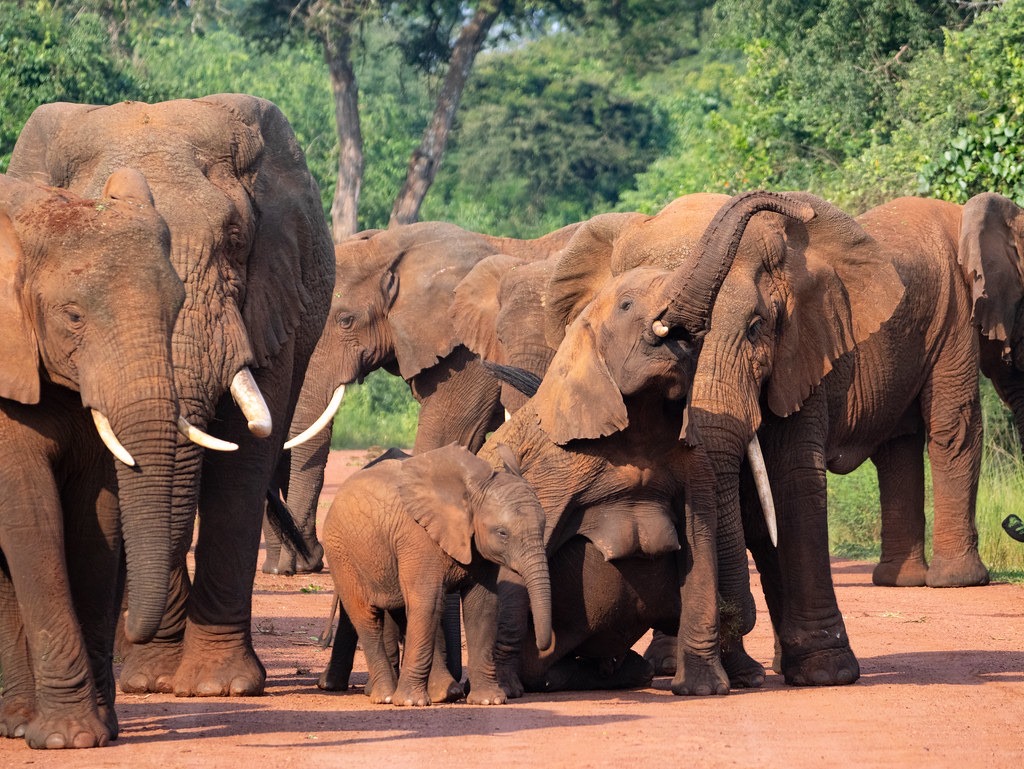Rwanda Restores Big Five: Akagera National Park Marks a Conservation milestone

Akagera National park is home to around 60 lions.
Rwanda has reemerged as a leader in African wildlife conservation with the successful reintroduction of three of the continent’s iconic Big Five species—lions, black rhinos, and white rhinos—into Akagera National Park. This achievement has transformed the once-depleted savannah ecosystem into a thriving wildlife sanctuary.
The Big Five—lions, elephants, rhinos, buffalos, and leopards—symbolise Africa’s rich biodiversity. Decades of poaching and conflict had led to the near or total disappearance of several of these species in Rwanda. However, a decade of bold conservation strategies and international collaboration has reversed this trend.
Lions Return After Nearly Two Decades
In July 2015, Akagera welcomed seven lions translocated from South Africa, marking the species’ return to Rwanda after nearly two decades of absence. Two additional males were introduced in 2017 to boost genetic diversity. Since then, the population has flourished. Today, Akagera is home to around 60 lions.

Rhinos Reintroduced
Between 1957 and 1958, six black rhinos from Tanzania were brought to Akagera, eventually reaching a population of 40 before poaching led to their disappearance, with the last sighting in 2007. A decade later, in May 2017, 18 eastern black rhinos were reintroduced to Akagera from South Africa, restoring the park’s role in hosting the Big Five.
In June 2019, five rhinos were relocated from European zoos. Then, in 2021, the largest single translocation saw 30 white rhinos from South Africa introduced to the park.

This was good news. The Akagera conservation team shared last year that all the rhinos are thriving in their natural habitat—safe, secure, and increasing in number—thanks to the unwavering commitment of the park’s rangers and trackers. There have been no poaching incidents since their reintroduction.
Other Big Five Species Thrive Naturally
While not recently reintroduced, elephants and buffalos continue to thrive in Akagera. Recently, the conservation team announced that a detailed elephant database had been created, identifying 66 individuals (27 bulls and 39 cows) by unique features such as ear and tusk shapes. This represents nearly half of the park’s elephant population of about 142.

Buffalos are the most abundant of the Big Five in Akagera National Park. A census conducted in 2021 estimated a population of approximately 4,000, indicating the presence of numerous breeding herds.

Leopards, which were never extinct in the park, remain elusive but stable, playing their ecological role as top predators. Over the past 18 months, the Akagera conservation team set up 284 camera traps that captured 984 photos and identified 59 individual leopards (27 males, 25 females, and 7 of unknown sex).

A Model for Conservation in Africa
Akagera National Park’s transformation reflects Rwanda’s broader environmental commitment and the success of collaborative conservation. Managed jointly by the RDB and African Parks since 2010, the park has seen strengthened law enforcement, community engagement, and eco-tourism development.
As of 2025, Akagera is one of the few parks in Africa where visitors can see all of the Big Five, contributing to a growing conservation-based tourism sector.

